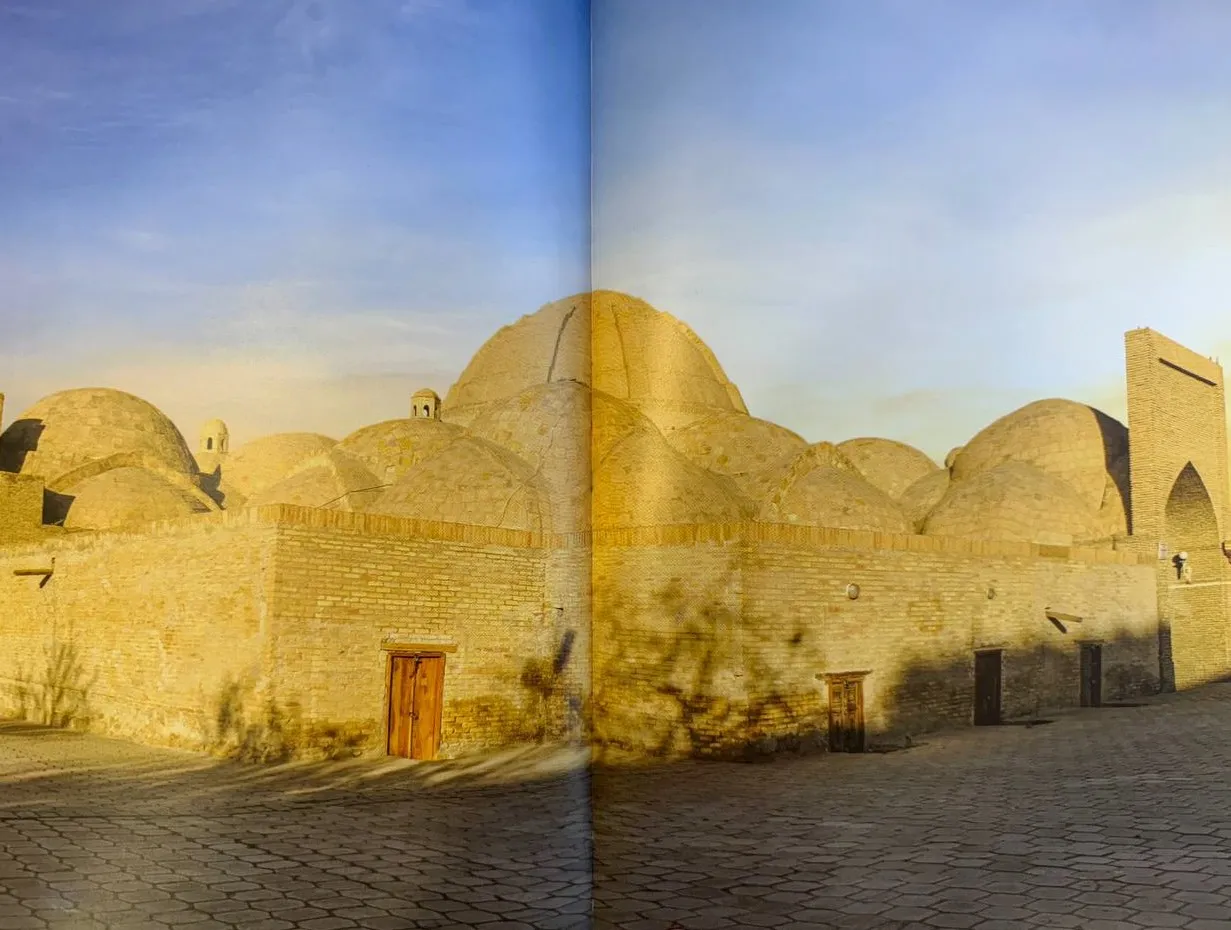At the "Exposition of the Uzbek Khanate Period" organized at the Center of Islamic Civilization in Uzbekistan, it is planned to create models of taq-i and tims, display them in exhibitions, and through them widely illuminate the life of that period from a visual and scientific point of view.
In the 16th century, urban planning and architecture flourished in the Bukhara Khanate, one of the historical, political, and cultural centers of Central Asia. Architectural monuments built during this period under the rule of the Shaybanid dynasty, especially structures closely connected with trade, crafts, and social life, were not only of great importance in their time, but also retain their historical, cultural, and tourist value today.
One such structure is the taq-i. Architecturally unique, functionally they functioned as economic centers of their time.
Taq-i is a bridge-like enclosed structure, at the base of which various shops, workshops, and retail outlets are located. They were built in places convenient for the movement of residents and travelers - at intersections, near market squares. These architectural ensembles, built in a partially or fully enclosed form, served the activities of artisans and merchants specializing in various fields. Each taq-i is decorated in a unique architectural style, with handmade bricks, domes, and colorful patterns, still embodying the aesthetics of that era today.

